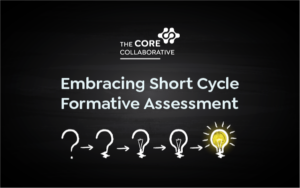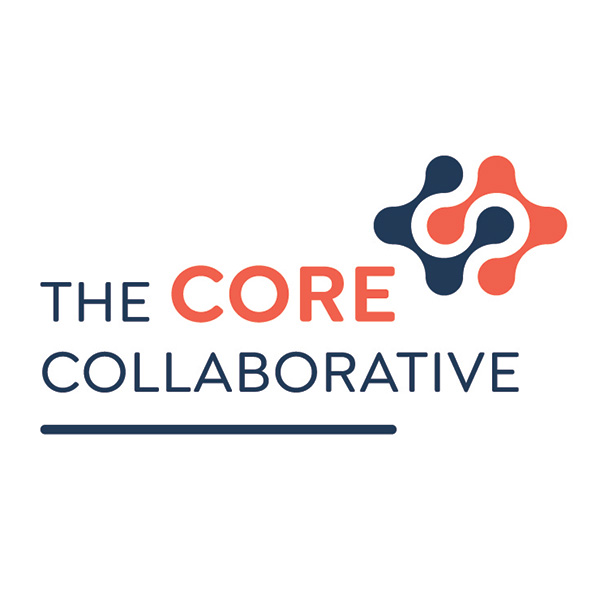In the ever-evolving landscape of K-12 education, it’s essential to continuously adapt teaching strategies to meet the diverse needs of K-12 learners. Short cycle formative assessment is a powerful tool that allows educators to gauge student understanding and adjust instruction accordingly. It also ensures personalized and timely feedback for teachers and students. Let’s explore the benefits of short cycle formative assessment and how it can positively impact student learning outcomes.

What is Short Cycle Formative Assessment?
Short cycle formative assessment is an ongoing, systematic approach to evaluating student learning throughout the learning process. Unlike summative assessments, which typically occur at the end of a unit or course to measure overall achievement, formative assessments are conducted during instruction to provide immediate feedback and guide instructional decisions. The goal with any formative assessment is for students to engage in the following feedback questions (Hattie & Timperley, 2007):
- Where am I going?
- Learning intention
- How am I going?
- Success criteria
- Where to next?
- Next steps with criteria and strategies
Key Benefits of Short Cycle Formative Assessment
- Continuous Feedback: Short cycle formative assessments provide teachers with real-time insights into student progress. This enables educators to address misconceptions or learning gaps promptly, leading to more effective teaching and improved learning outcomes.
- Personalized Learning: By understanding each student’s unique needs and learning pace, teachers can tailor their instruction to provide individualized support. This promotes a more inclusive and equitable classroom environment.
- Improved Student Engagement: Regular assessments keep students engaged and motivated. They encourage active participation and help students take ownership of their learning, fostering a growth mindset through valuable evidence-based feedback.
- Data-Driven Instruction: Short cycle formative assessments generate valuable data that informs instructional decisions. Teachers can adjust their teaching methods, materials, and pacing based on this data to ensure maximum student understanding.
- Closing Opportunity Gaps: With timely interventions and support, short cycle formative assessment can help close opportunity gaps among students. Struggling learners receive the feedback and support they need to accelerate their learning.
Types of Short Cycle Formative Assessment
- Pre-Mid-Post Unit Assessments: Pre-Mid-Post assessment offers comprehensive benefits in the learning process.
- Initially, pre-assessment enables educators to gauge students’ prior knowledge and skills, helping to tailor instruction to meet individual needs; many times we choose to pre-assess the prerequisites to ensure learning readiness.
- Mid-formative assessment, conducted during the course of instruction, provides valuable feedback on the effectiveness of teaching methods and student comprehension, allowing for timely adjustments to support differentiation.
- Lastly, post-assessments (summative assessment) measure students’ mastery of the material, highlighting their progress and areas that may need further reinforcement. This trio of assessments collectively supports a more targeted and effective learning experience, ensuring that education is adaptive and responsive to the evolving needs of students.
- Exit Tickets: These are short questions or prompts given to students at the end of a lesson or class to assess their comprehension. Teachers can use exit tickets to identify areas where further instruction is needed.
- Quizzes and Polls: Quick quizzes or polls can be used to gauge student understanding of recently covered material. Online tools and apps make it easy to create and administer these assessments.
- Peer Assessment: Students can evaluate the work of their peers based on predefined criteria. This not only provides valuable feedback but also promotes critical thinking and self-assessment skills.
- One-Minute Papers: At the end of a lesson, students are given one minute to summarize the key points they’ve learned. This helps teachers assess comprehension and identify any misconceptions.
Implementing Short Cycle Formative Assessment
To effectively implement short cycle formative assessment in K-12 schools, consider the following tips:
- Set Clear Learning Targets: Clearly define the learning targets for each assessment. Students should understand what is expected of them and how the assessment aligns with the cycle of learning.
- Align Outcomes to PLC SMART Goal: Determine your classroom goal based on the annual SMART Goal you set with your Impact Team-PLC.
- Choose the Right Tools: Utilize technology and online platforms to streamline the assessment process. There are various software and apps available that make it easy to create and administer formative assessments.
- Provide Timely Feedback: Ensure that you provide prompt feedback to students after each assessment. Use this feedback to guide your instruction and address specific learning needs.
- Encourage a Growth Mindset: Create a classroom culture that values effort, improvement, and learning from mistakes. Emphasize that formative assessments are opportunities for growth, not judgments of ability.
- Collaborate with Peers: Share best practices with other educators in your school or district. Collaborative discussions can lead to innovative assessment strategies and improved teaching methods. The Impact Team model uses 10 purposeful protocols to advance collaborative inquiry.
Cultivate Empowered Learners
Short cycle formative assessment is a valuable tool for enhancing student learning. By providing continuous feedback, promoting personalized instruction, and fostering a data-driven approach, Impact Teams-PLCs can help students reach their full potential. As you integrate short cycle formative assessment into your teaching practice, remember that it’s not just about assessing students; it’s about empowering them to become active and engaged learners.


